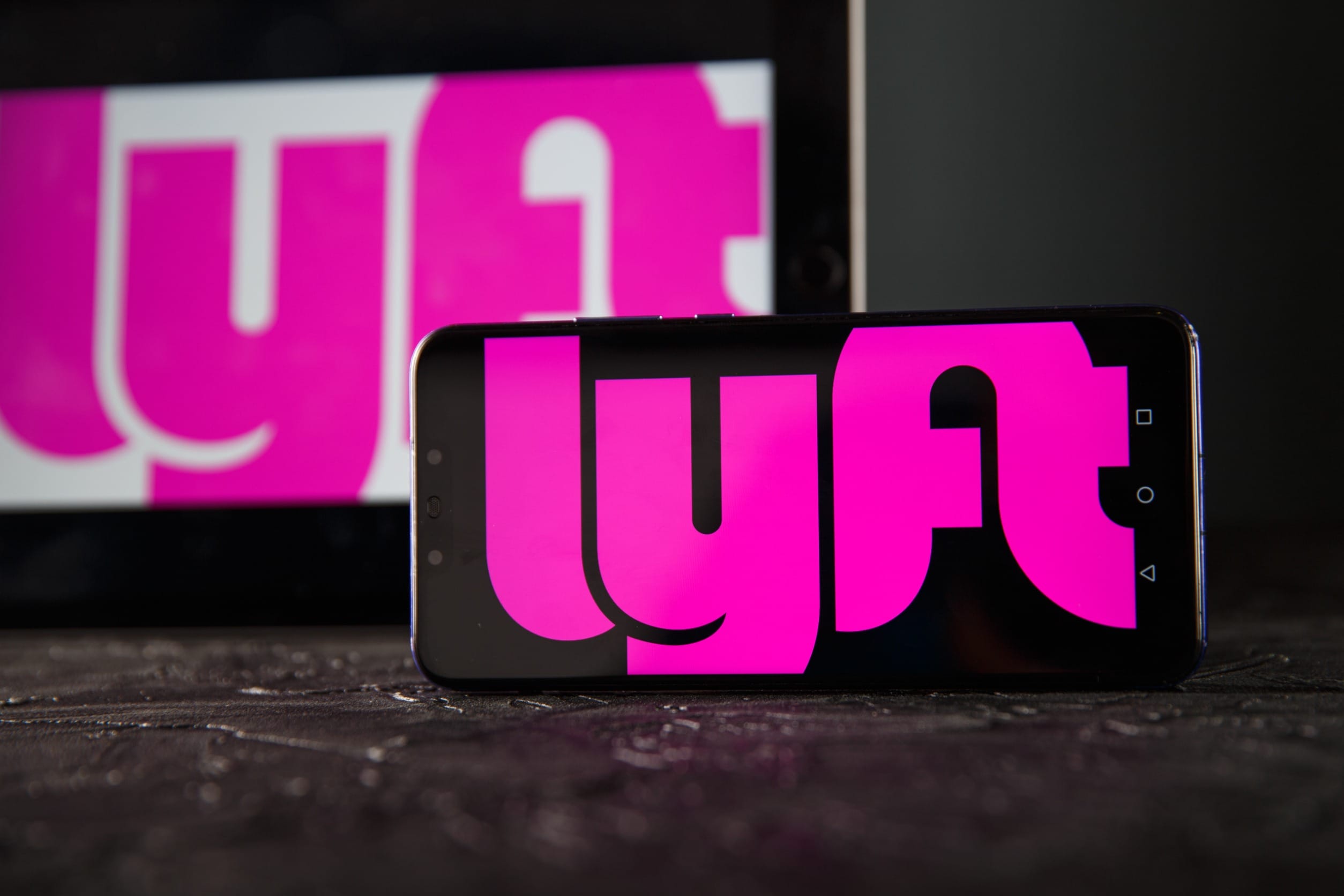What Happens if You are in an Accident with a Lyft Driver?

Rideshare services like Lyft have revolutionized the taxi industry, offering convenience at a competitive price and making travel easier for those without a car or who prefer not to drive. With just a few taps on their phone, riders can quickly order a Lyft and be picked up within minutes. However, it’s unfortunate that accidents involving Lyft are not uncommon, despite the overall benefits these services provide.
Lyft Usage and Rideshare Accident Statistics
As Lyft statistics reveal, rideshare services have seen explosive growth in recent years. In 2017:
- 23 million people used Lyft
- 1.4 million people drove with Lyft
- Lyft drivers gave one billion rides
- Lyft operated in over 300 cities across the United States and Canada
Simultaneously, the significant surge in rideshare usage correlates with a rise in severe accidents and Lyft-related incidents. Nevertheless, numerous individuals are abandoning their personal vehicles in favor of Lyft and other rideshare services.
What to Do if You Get Injured in a Lyft Accident?
Just like in any motor vehicle accident, if you have been involved in a collision while using Lyft, there are specific safety protocols that should be followed by all parties involved. For example:
- If there are no serious injuries to you, another passenger, or the driver, and if the vehicle is still movable, it is advisable to promptly move the car to the shoulder of the road. Relocating to a safe area away from traffic can effectively minimize the risk of additional collisions.
- To alert other vehicles, the driver should activate the hazard lights.
- If you, the driver, or another vehicle is involved, it is important to call 911. Additionally, if there are multiple vehicles involved, the drivers should exchange insurance information.
- Even if your symptoms appear mild immediately after the accident, it is crucial to seek medical attention once paramedics arrive. Even minor dizziness can escalate into a serious issue later on, and some individuals may not experience pain until the day after the incident. Certain injuries may not become evident until much later, underscoring the importance of understanding the timeframe for filing a lawsuit after an accident to ensure proper compensation for your injuries.
- To maximize your chances of success with any Lyft insurance claims, it is crucial to communicate with the necessary parties involved in the Lyft car accident, including the driver, the police, and any other individuals. Even though you may not be the driver, your involvement makes it essential to ensure the accuracy of statements made by others who were also involved in the accident.
Does Lyft provide insurance coverage, and which insurance applies in the event of an accident?
This is where things can become quite intricate. When you’re injured, it can be challenging to determine which insurance policy applies: your own, the policy of the at-fault driver, or Lyft’s?
If the rideshare driver is at fault:
In most situations, passengers are not held responsible for any liabilities because the standard Lyft insurance policy includes liability coverage. However, there may be some ambiguity as the insurance is divided between the driver’s personal insurance and the insurance policy provided by the rideshare company. If the driver’s insurance provider denies the claim due to a business use exception, the rideshare company’s insurance should intervene to ensure that all parties involved are protected, assuming that the driver is at fault. This coverage is guaranteed as long as the driver’s app is online, which is necessary for insurance purposes as well as for locating and picking up passengers.
According to Lyft, “Our contingent liability coverage is designed to provide coverage when the app is in driver mode before you’ve received a ride request in the event your personal insurance does not respond. The policy has a $50,000 maximum limit per person, $100,000 maximum limit per accident, and a $25,000 maximum limit for property damage[…]
“Our primary liability insurance is designed to act as the primary coverage from the time you accept a ride request until the time the ride has ended in the app. The policy has a $1,000,000 per accident limit. Note: If you already carry commercial insurance (or personal coverage providing specific coverage for ridesharing), Lyft’s policy will continue to be excess to your insurance coverage.”
If the other driver is at fault:
According to the aforementioned terms and conditions, you are provided coverage up to the specified maximum limits if you sustain injuries due to the negligence of the Lyft driver. However, what occurs in situations where the rideshare driver is not at fault?
If the accident is caused by the other driver, their policy will be applied through a third-party car insurance claim against their insurance carrier. In certain situations, pursuing a personal injury lawsuit for a Lyft accident may be the most appropriate course of action if you do not have sufficient coverage.
According to Lyft, “In the event of an accident (once you have accepted a ride or are transporting a passenger) with a driver who is uninsured (UM) or underinsured (UIM) and is ultimately at fault for bodily injury caused to you and/or your passengers, our UM/UIM coverage will apply (coverage limits vary by state). There is no deductible on our UM/UIM policy.”
If the insurance coverage provided by the at-fault driver or the rideshare service is insufficient to fully compensate you, or if their policies deny payment for your injury, you may want to contemplate initiating legal action against Lyft.
Can You Sue Lyft For an Accident?
Lyft’s drivers are classified as independent contractors, not employees, and this distinction holds great significance. By designating drivers as independent contractors, Lyft can potentially reduce its legal liability for their actions compared to if they were official employees. Consequently, in cases of negligence, the rideshare company is less likely to be held responsible, even if the Lyft driver is determined to be at fault.
It is important to consider that pursuing legal action against Lyft should be viewed as a last resort, as the insurance coverage provided by either rideshare company should typically suffice for passengers’ needs.
Although no one likes to think about being involved in a car accident while using a rideshare service, it is crucial to be aware of your options in case such an unfortunate event occurs and you sustain injuries. By being prepared for the unexpected, you can ensure that you are well-equipped to handle any potential challenges that may arise.
Injured and Need Help Seeking a Lyft Passenger Accident Claim?
If you’ve been injured in an Lyft collision and need further legal assistance from a Lyft accident lawyer, Strong Law may be able to help. We’ve helped obtain Lyft accident settlement amounts and other rideshare accident settlements for past clients. Contact us for a free rideshare accident consultation today!


